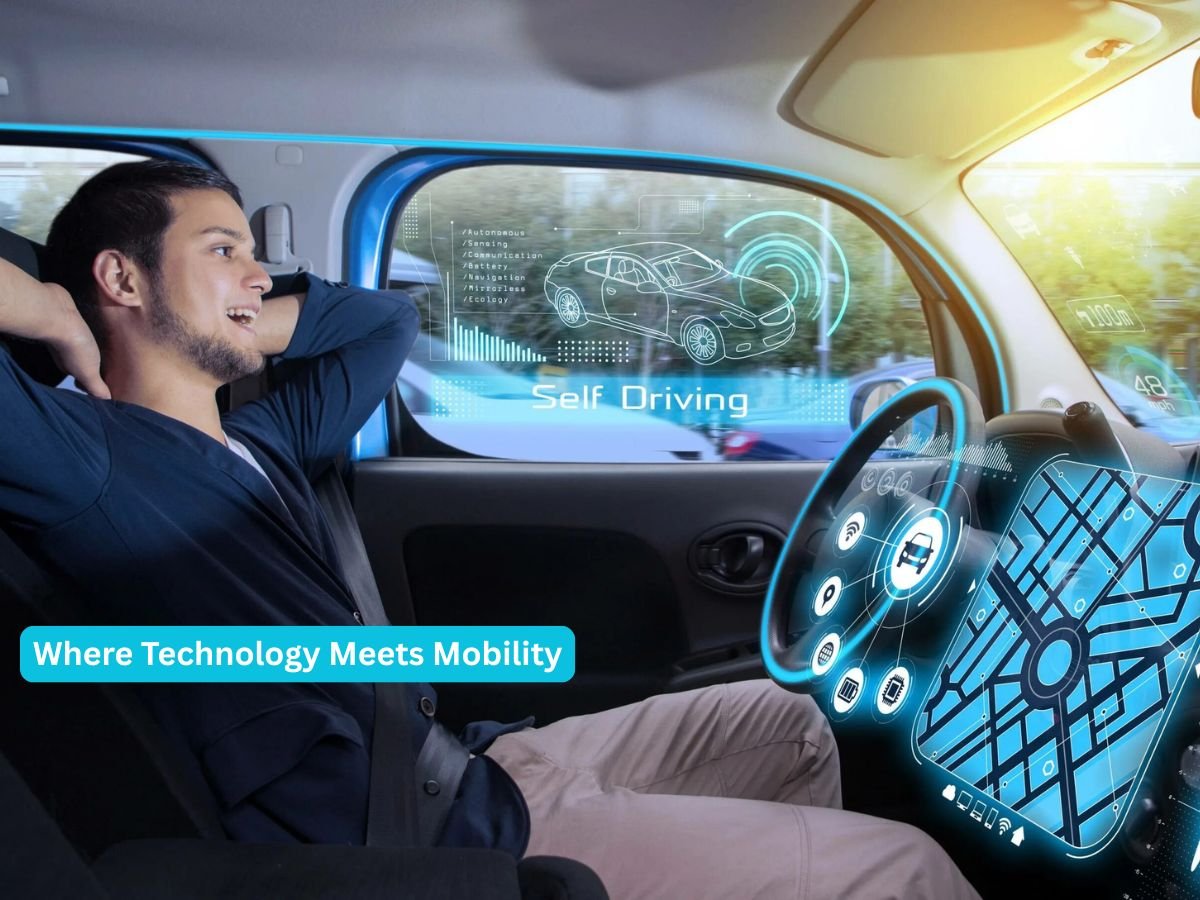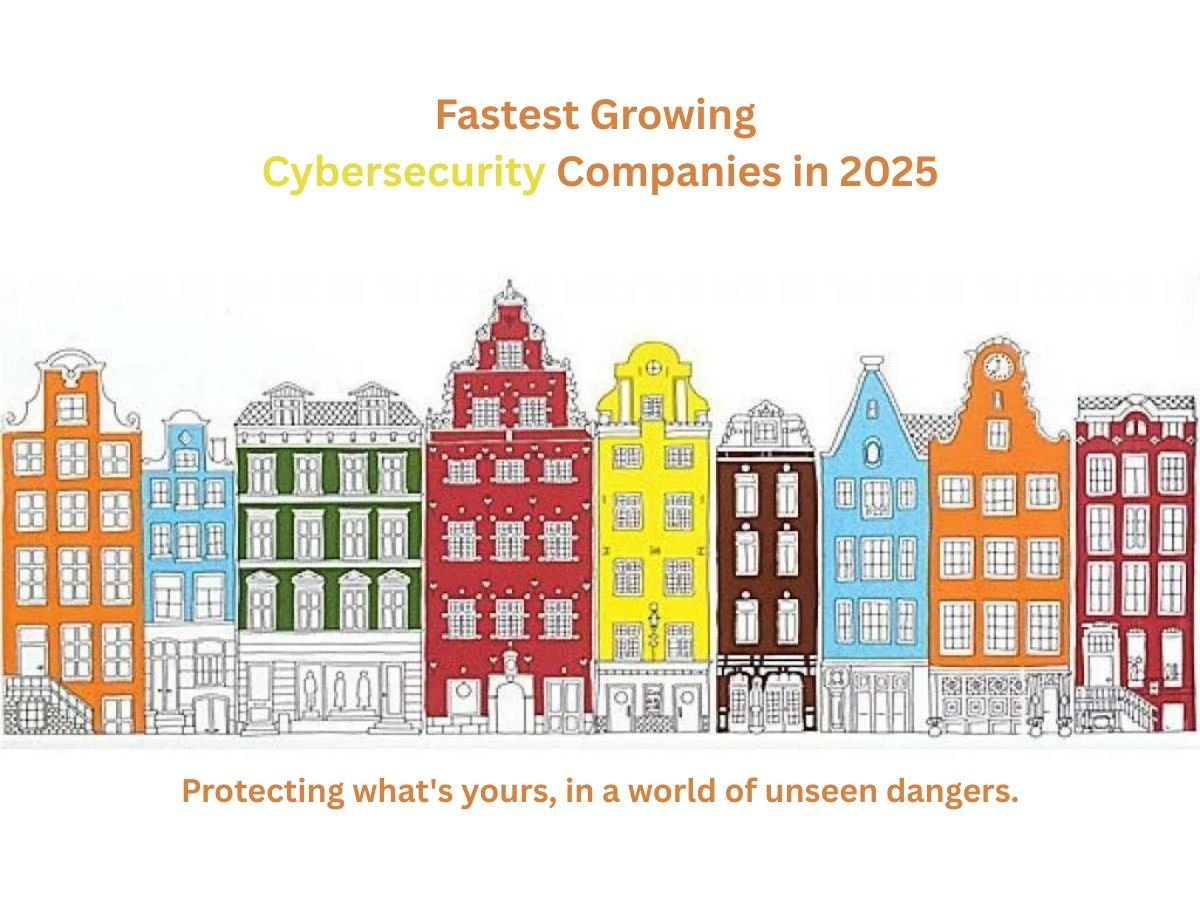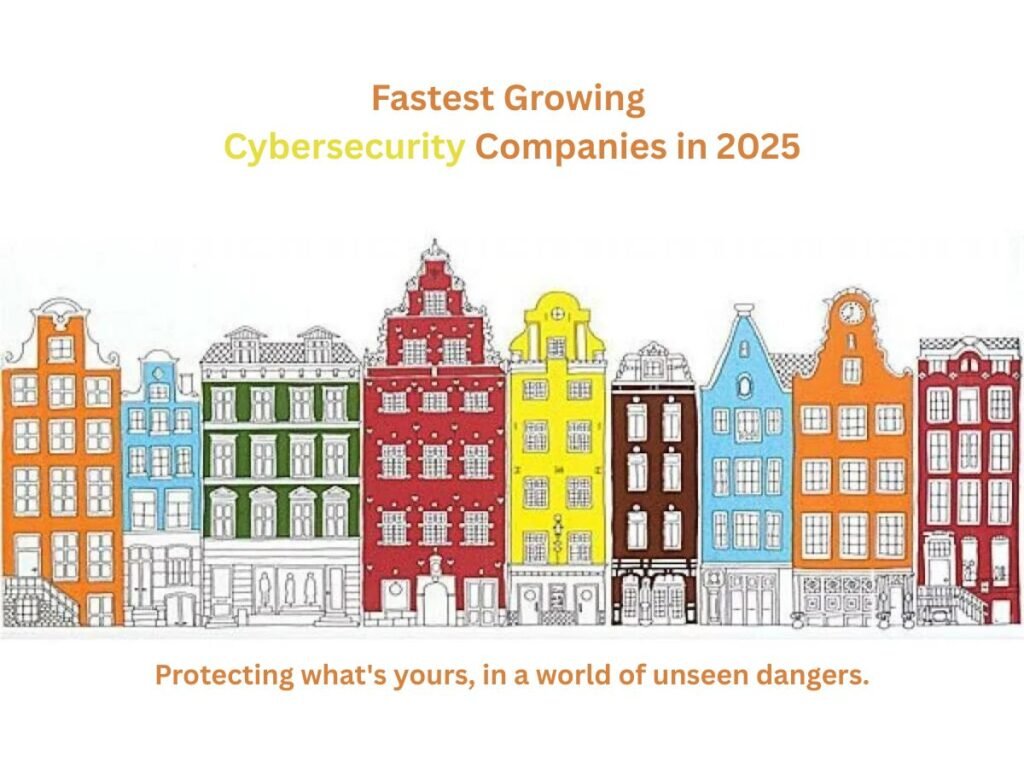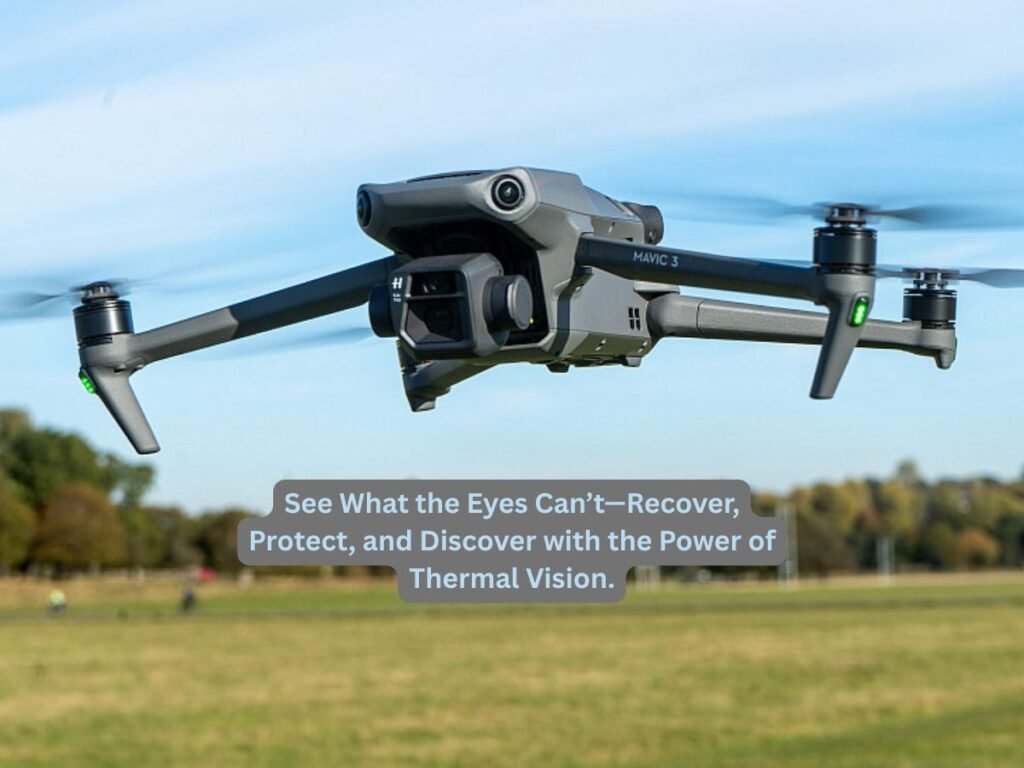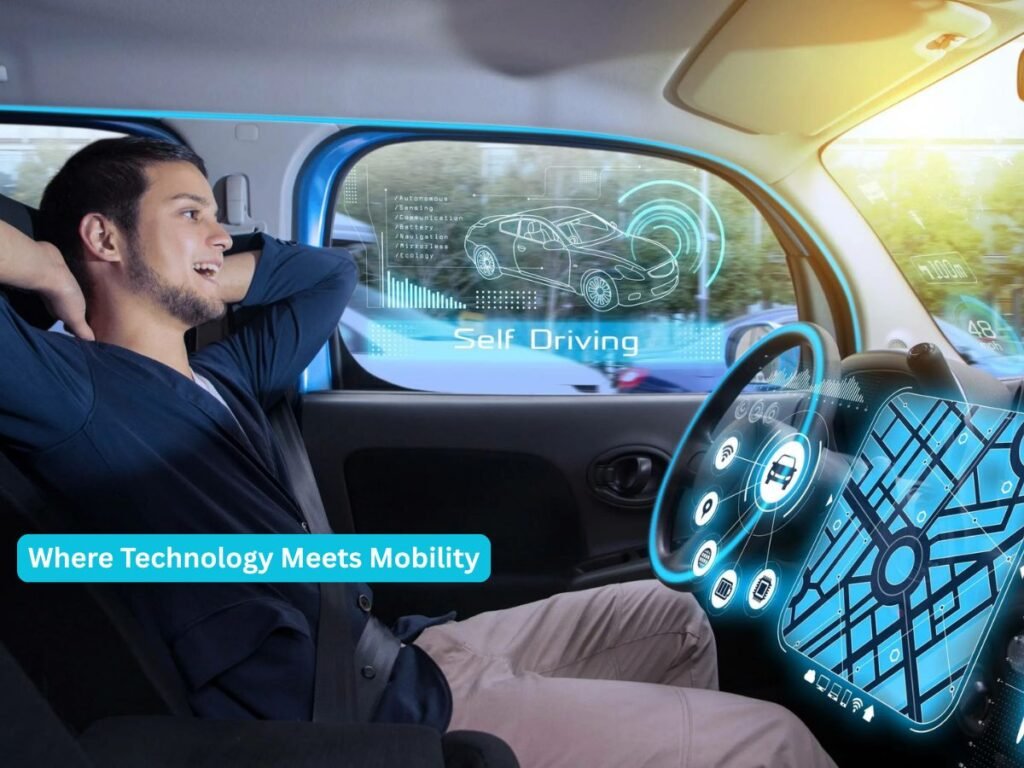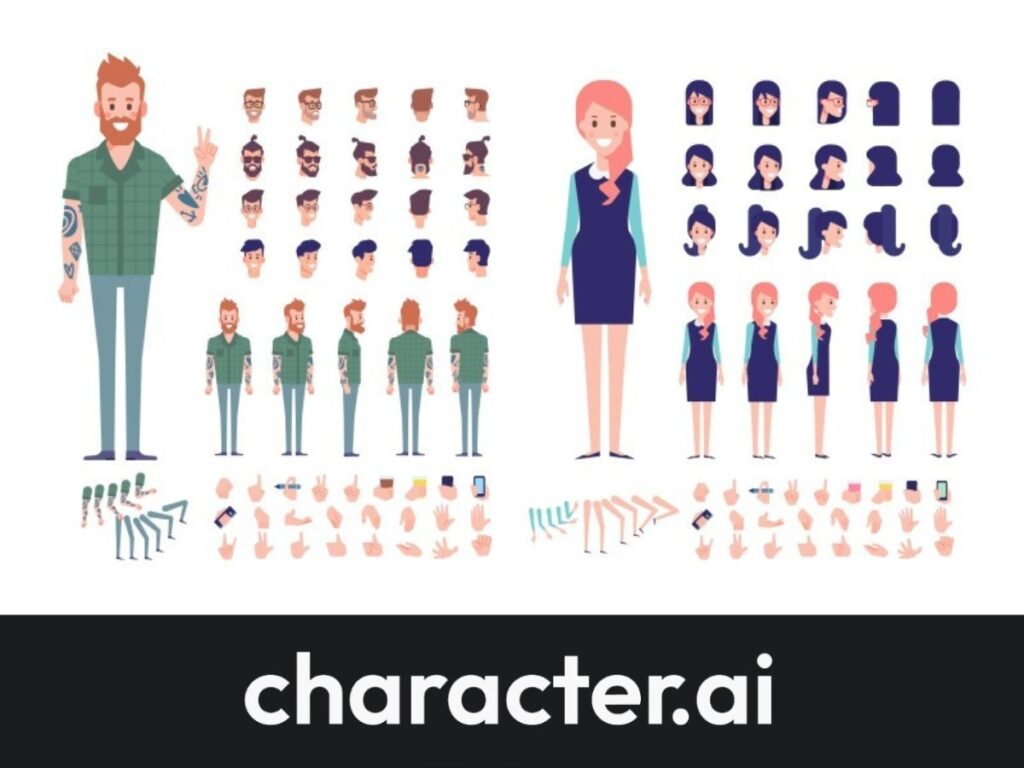We are living in a transformative era where the line between machines and intelligence is blurring rapidly, especially in the automotive world. Vehicle technology in 2025 is no longer confined to hardware upgrades—it now encompasses artificial intelligence, connectivity, electrification, and grid interaction. As the auto industry shifts toward sustainable, intelligent, and adaptive vehicles, emerging technologies such as electric vehicle technology, autonomous vehicle systems, connected platforms, and hybrid powertrains are creating a layered and interconnected mobility ecosystem.
This progression isn’t solely driven by tech companies; governments are supporting innovation through programs like the Advanced Technology Vehicle Manufacturing Program, while startups are reimagining safety, energy use, and logistics.
AI, Automation, and Electrification: The New Core of Vehicle Innovation
AI in Autonomous Vehicle Technology
Artificial intelligence now sits at the heart of autonomous driving. Systems powered by AI analyze camera feeds, LiDAR inputs, GPS, and traffic data to make real-time decisions. This is where self-driving vehicle technology meets machine learning, enabling vehicles to not only respond to their environment but also learn from it.
The technology of autonomous vehicles includes object recognition, pedestrian detection, obstacle mapping, and dynamic rerouting. This segment alone has created an industry surge, with tech giants and car manufacturers pouring billions into development.
From Tesla’s Full Self-Driving (FSD) to Waymo’s completely driverless taxi pilot programs, autonomous vehicle technology is rapidly moving from Level 3 automation (conditional) to Level 4 and 5 (high to full autonomy). Still, regulatory and ethical hurdles persist, especially in mixed-traffic environments.
Electric Vehicle Battery Technology Gets a Boost
A major catalyst for the green revolution is the advancement of electric vehicle battery technology. Today’s lithium-ion batteries are giving way to new electric vehicle battery technologies such as:
- Solid-state batteries (higher energy density, no fire risk)
- Lithium-sulfur batteries (lighter, better for long-range)
- Silicon anode tech (faster charging, longer lifespan)
Companies like Toyota and QuantumScape are racing toward commercialization of these batteries. The result? More efficient, durable, and affordable EVs that meet or exceed consumer range expectations.
Meanwhile, vehicle-to-grid (V2G) technology is enabling parked EVs to become mobile energy units. Through bi-directional charging, energy can flow back into the grid during peak hours, offering stability and cost savings for energy providers and users alike.
The Power of Connectivity and Commercial Applications
Connected Vehicle Technology in a Smart Mobility Network
Connectivity has turned cars into data nodes. With connected vehicle technology, a vehicle can communicate with:
- Other vehicles (V2V)
- Road infrastructure (V2I)
- The cloud (V2C)
- The grid (V2G)
This isn’t just about GPS anymore. Data-driven services now predict maintenance, optimize routes, and respond to real-time traffic conditions. In fleet applications, companies use connectivity to monitor driver behavior, vehicle performance, and fuel efficiency.
In the commercial realm, Cox technology to inspect vehicles is revolutionizing vehicle condition analysis. AI and image recognition allow used car dealers and logistics companies to automate inspections, reducing fraud and operational costs.
High-End Vehicle Technologies Enter the Mainstream
Luxury cars once set the bar for innovation. Today, features like adaptive cruise control, predictive braking, and AI voice assistants have trickled down to mid-range vehicles. These high-end vehicle technologies now form the foundation of modern automotive UX.
In the commercial segment, commercial vehicle technology is evolving too. Fleets are integrating AI-based routing, real-time vehicle tracking, and predictive analytics. This leads to lower emissions, reduced costs, and better compliance in industries like transport and logistics.
Hybrid Solutions and Safety-First Design
Hybrid Vehicle Technology as a Bridge Solution
Not all drivers are ready for full EVs. That’s where hybrid vehicle technology offers the best of both worlds. Combining internal combustion engines with electric motors, hybrids serve as a transitional technology. Plug-in hybrid models allow for short-distance electric-only driving, cutting fuel costs and emissions without range anxiety.
Programs like the Advanced Technology Vehicle Manufacturing Program are also supporting hybrid innovation—especially for manufacturers focusing on high-efficiency engines and lightweight design.
Vehicle Safety Technology at the Forefront
Safety is no longer reactive—it’s proactive. Vehicle safety technology has evolved to include:
- Collision avoidance systems
- Blind-spot detection
- Drowsiness detection
- Emergency braking
AI now anticipates potential accidents, helping prevent them before they occur. Autonomous vehicles, by their very nature, rely on these systems as their defensive driving mechanism.
Case Study:
Electrifying Efficiency at City Scale
City: Amsterdam (2024–2025)
In 2024, the city of Amsterdam launched a pilot program to electrify its municipal transport using a mix of electric vehicle technology and V2G systems. Over 300 buses and sanitation vehicles were connected to smart chargers that regulated power flow based on grid needs.
The results were significant:
- 20% cost reduction in energy bills for the city
- An estimated 5,000 metric tons of CO₂ offset annually
- Predictive diagnostics reduced vehicle downtime by 30%
This case not only validates the power of advanced vehicle technologies but also shows how integrating IoT, AI, and electrification can lead to sustainable urban transport models.
FAQs
Modern advancements include autonomous vehicle systems, electric and hybrid drivetrains, connected platforms, V2G tech, and AI-powered safety tools. These technologies improve sustainability, efficiency, and safety across all vehicle classes.
Brands like Tesla, BMW, and Lucid lead in integrating AI, autonomous driving, voice-based UX, and real-time connected systems. However, even budget models now feature vehicle safety technology, adaptive navigation, and partial automation.
Electric vehicle technology refers to all systems powering an EV—battery, motor, controller, charging systems, and energy recovery mechanisms. With new electric vehicle battery technology, EVs are gaining longer range, shorter charging times, and improved durability.
Final Thoughts
The future of transportation isn’t one singular path—it’s a multi-lane highway of innovation. From autonomous driving algorithms to electric vehicle battery breakthroughs, from hybrid powertrains to connected ecosystems, every layer of vehicle technology is evolving at an unprecedented pace.
This transformation goes far beyond the Internet of Things (IoT); it taps into artificial intelligence, energy policy, user experience design, and environmental science. And in 2025, staying ahead means understanding how all these pieces interlock—just like the intelligent vehicles we now drive.
Read About: What is Character AI
